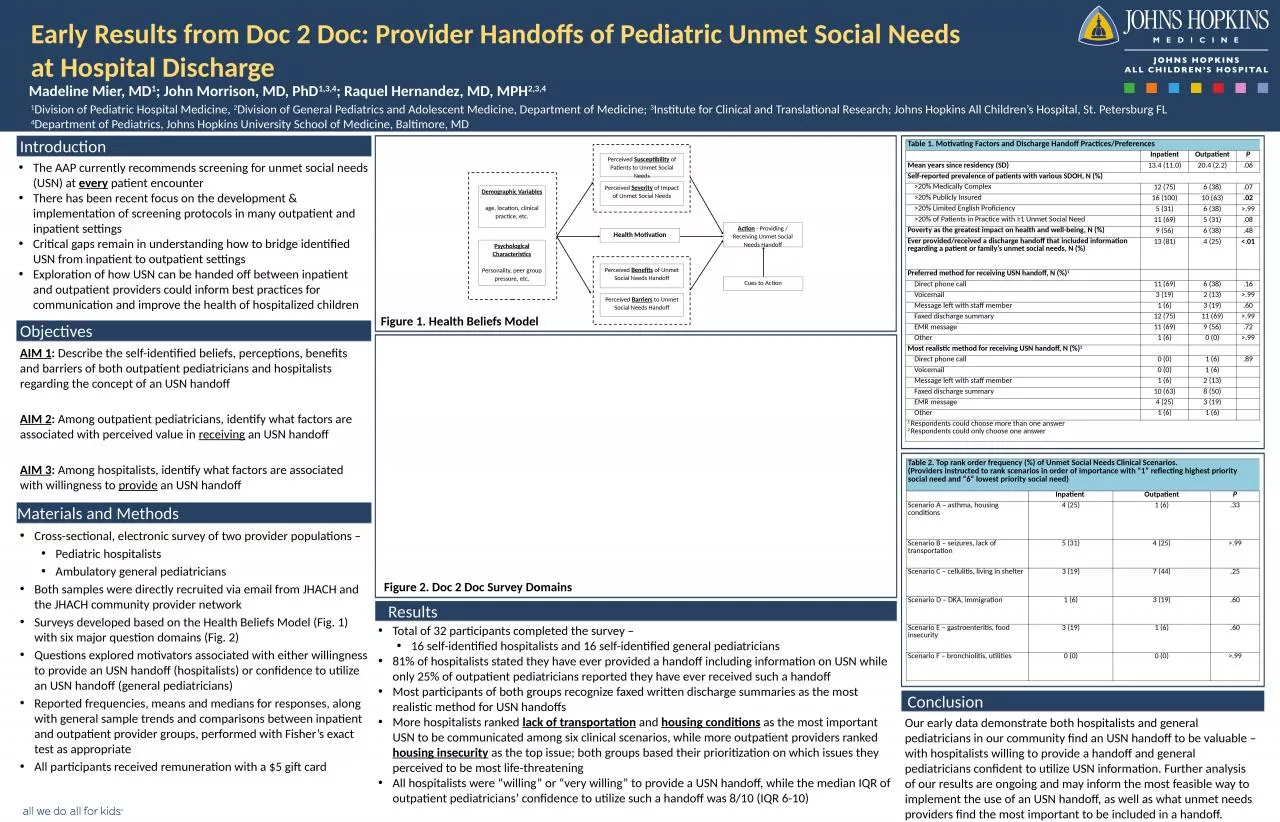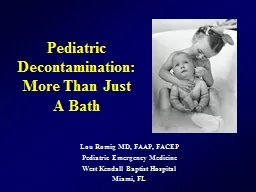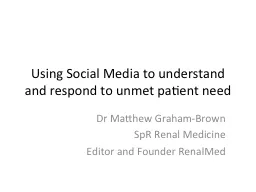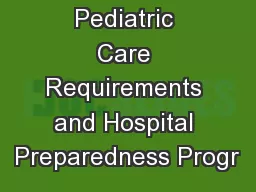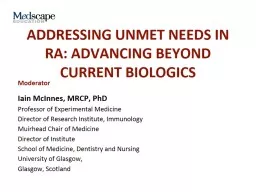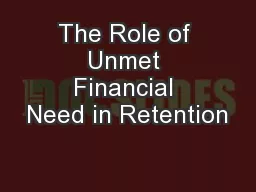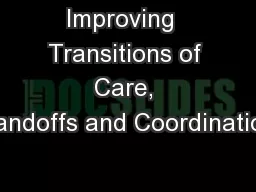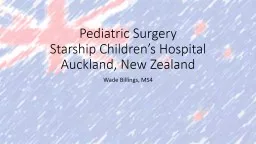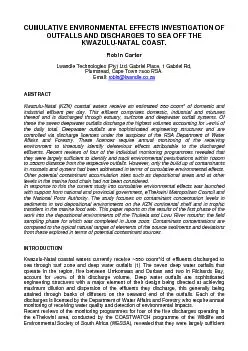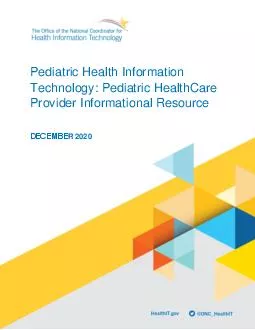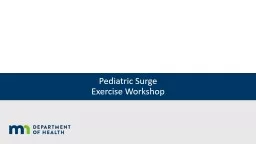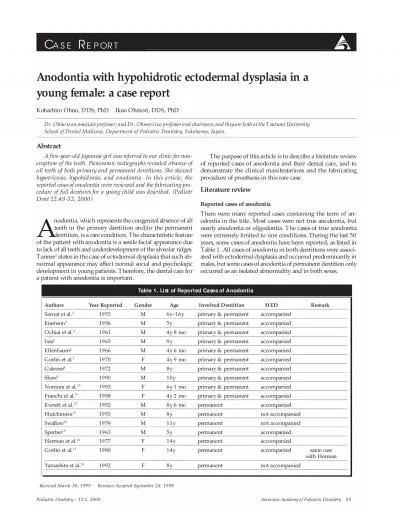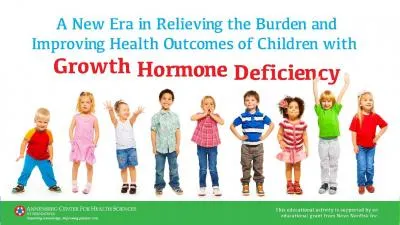PPT-Early Results from Doc 2 Doc: Provider Handoffs of Pediatric Unmet Social Needs at Hospital
Author : genevieve | Published Date : 2024-03-13
Madeline Mier MD 1 John Morrison MD PhD 134 Raquel Hernandez MD MPH 234 1 Division of Pediatric Hospital Medicine 2 Division of General Pediatrics and Adolescent
Presentation Embed Code
Download Presentation
Download Presentation The PPT/PDF document "Early Results from Doc 2 Doc: Provider H..." is the property of its rightful owner. Permission is granted to download and print the materials on this website for personal, non-commercial use only, and to display it on your personal computer provided you do not modify the materials and that you retain all copyright notices contained in the materials. By downloading content from our website, you accept the terms of this agreement.
Early Results from Doc 2 Doc: Provider Handoffs of Pediatric Unmet Social Needs at Hospital: Transcript
Download Rules Of Document
"Early Results from Doc 2 Doc: Provider Handoffs of Pediatric Unmet Social Needs at Hospital"The content belongs to its owner. You may download and print it for personal use, without modification, and keep all copyright notices. By downloading, you agree to these terms.
Related Documents

